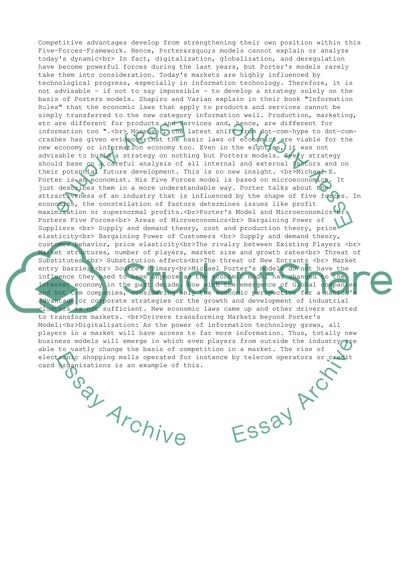Cite this document
(“Porters Model Essay Example | Topics and Well Written Essays - 2500 words”, n.d.)
Porters Model Essay Example | Topics and Well Written Essays - 2500 words. Retrieved from https://studentshare.org/business/1514723-porters-model
Porters Model Essay Example | Topics and Well Written Essays - 2500 words. Retrieved from https://studentshare.org/business/1514723-porters-model
(Porters Model Essay Example | Topics and Well Written Essays - 2500 Words)
Porters Model Essay Example | Topics and Well Written Essays - 2500 Words. https://studentshare.org/business/1514723-porters-model.
Porters Model Essay Example | Topics and Well Written Essays - 2500 Words. https://studentshare.org/business/1514723-porters-model.
“Porters Model Essay Example | Topics and Well Written Essays - 2500 Words”, n.d. https://studentshare.org/business/1514723-porters-model.


